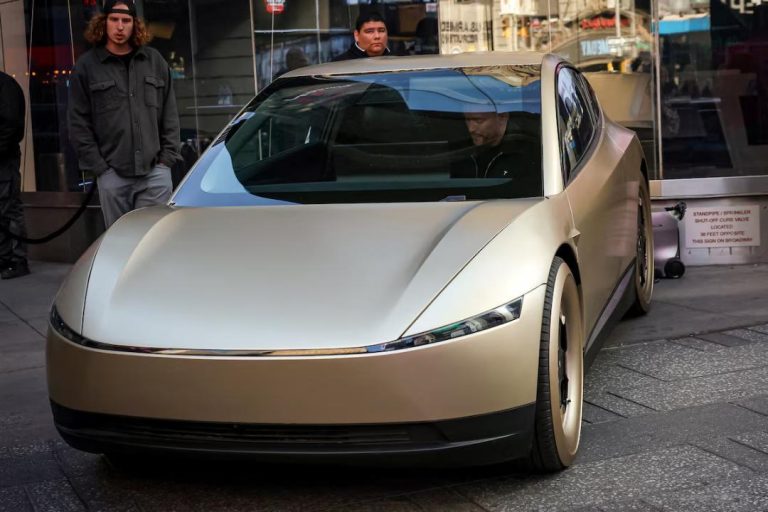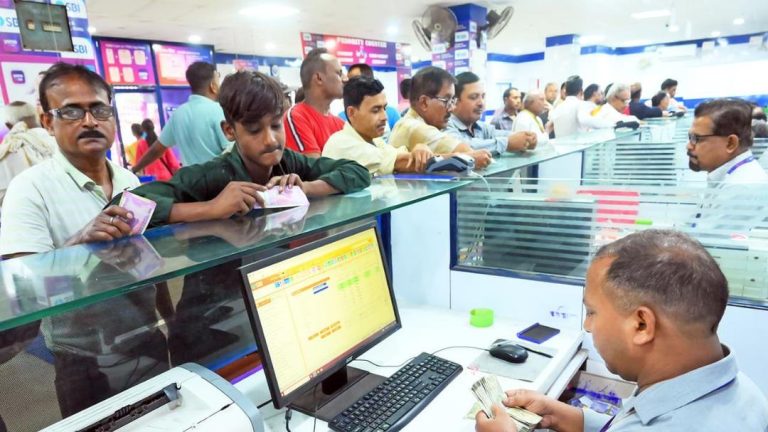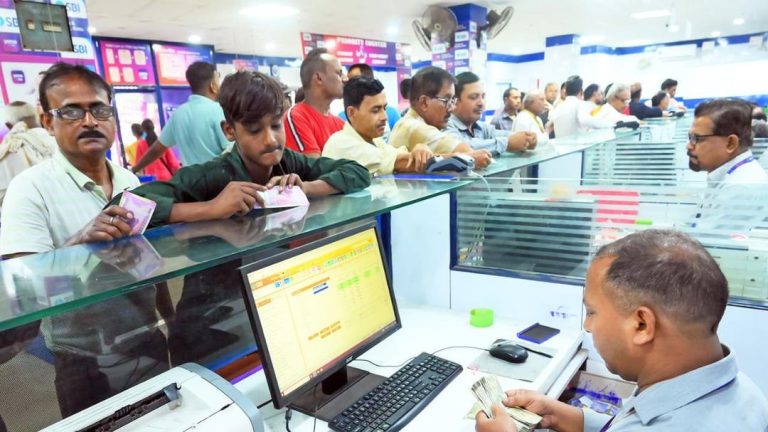
Title: IIT Making Glass to Keep Buildings Cool in Summer & Warm in Winter
As the world grapples with the challenges of climate change, researchers at the Indian Institute of Technology (IIT) Indore have made a significant breakthrough in developing a “smart glass” that can help build eco-friendly buildings. This innovative glass, made using a special porous organic polymer, has the ability to regulate light and heat by applying a small electric current. The implications of this technology are far-reaching, as it can potentially revolutionize the way we design and construct buildings, making them more energy-efficient and sustainable.
The smart glass, also known as an electronic curtain glass, is designed to change color and transparency in response to temperature and light conditions. This allows it to block sunlight and heat when needed, or let it in when it’s cooler. The glass can be programmed to adapt to different situations, such as changing from transparent to opaque to block out harsh sunlight during the summer months, or allowing more light to enter during the winter when it’s colder.
The development of this smart glass is a significant achievement, especially in a country like India where the summer months can be extremely hot and humid. Traditional building materials often struggle to keep buildings cool during the summer, leading to increased energy consumption and a higher carbon footprint. The smart glass, on the other hand, can help reduce the need for air conditioning and other cooling systems, making it a more sustainable option for building design.
The technology behind the smart glass is based on the properties of porous organic polymers, which are materials that can change their shape and structure in response to external stimuli. In this case, the polymer is used to create a thin film that can be applied to glass surfaces. When an electric current is applied to the film, it changes its structure, allowing it to adjust its transparency and color.
The potential applications of this technology are vast. It can be used in a wide range of buildings, from residential homes to commercial offices and even industrial facilities. The smart glass can also be used in vehicles, such as cars and airplanes, to improve their energy efficiency and reduce their carbon footprint.
In addition to its energy-saving benefits, the smart glass also has the potential to improve the aesthetic appeal of buildings. The ability to change color and transparency allows architects and designers to create unique and dynamic visual effects, adding an extra layer of creativity and innovation to building design.
The development of this smart glass is a testament to the power of research and innovation in addressing some of the world’s most pressing challenges. As the world continues to grapple with the impacts of climate change, it is clear that we need to think outside the box and develop new and innovative solutions to address the challenges we face.
In conclusion, the development of smart glass by IIT Indore is a significant breakthrough in the field of building technology. This innovative material has the potential to revolutionize the way we design and construct buildings, making them more energy-efficient, sustainable, and aesthetically pleasing. As we move forward, it will be exciting to see how this technology is applied and developed, and the impact it has on our built environment.
News Source:
https://repository.inshorts.com/articles/en/PTI/319121e5-f2f2-4d36-b9bd-364925f8a154






